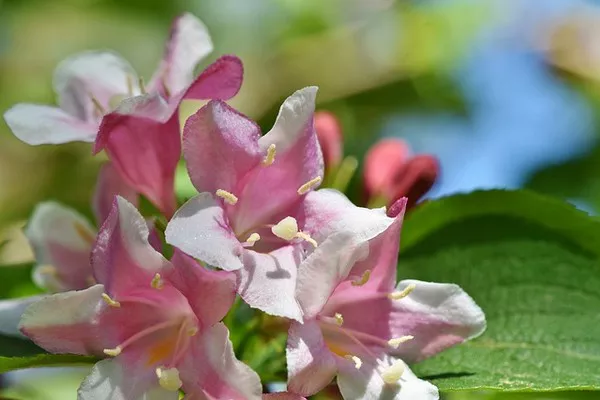Flowers have captivated the human imagination for centuries with their vibrant colors, delicate fragrances, and intricate beauty. Whether you’ve received a heartfelt bouquet or stumbled upon a striking wildflower during a nature hike, the desire to preserve these fleeting moments of nature’s splendor is a common sentiment. One timeless method of doing so is by pressing fresh flowers. In this comprehensive guide, we will explore the art of flower pressing, step by step, ensuring that you can enjoy the beauty of your favorite blossoms for years to come.
The Art of Flower Pressing
Flower pressing is an age-old technique that involves flattening and drying flowers to preserve their beauty. It is an excellent way to immortalize the charm of fresh blooms and create stunning pieces of art, decorative cards, or simply to keep a collection of your favorite flowers. Below, we’ll walk you through the process of pressing fresh flowers, from selecting the right blooms to displaying your pressed creations.
Materials You’ll Need
Before you begin pressing flowers, gather the necessary materials. Here’s what you’ll need:
Fresh flowers: Choose flowers that are free of blemishes and in full bloom. Ideally, pick them on a dry day to minimize moisture content.
A flower press: Flower presses come in various sizes and styles, from traditional wooden presses to modern microwave presses. You can also make your own press using wooden boards and paper.
Blotting paper or newspaper: These will help absorb moisture from the flowers.
Parchment paper: It prevents the flowers from sticking to the blotting paper.
Heavy books or weights: You’ll need these to apply even pressure on the flowers.
Scissors or pruning shears: To trim the stems of the flowers.
A dry, well-ventilated area: To store your pressed flowers while they dry.
Step-by-Step Guide
Flower Selection: Begin by selecting your flowers. Opt for blossoms that are fresh, but not overly mature. Flowers with thin petals and minimal moisture content press best. Roses, daisies, pansies, and lavender are some popular choices. Ensure the flowers are dry, as moisture can cause mold during pressing.
Prepping the Flowers: Trim the stems of the flowers to your desired length, leaving a few inches for handling. Remove any unwanted leaves or extra foliage.
Flower Placement: Open your flower press and place a piece of blotting paper or newspaper on one of the press boards. Arrange the flowers face down on the paper, leaving some space between them to prevent overlap.
Parchment Paper: Place a piece of parchment paper on top of the arranged flowers. This will protect the flowers from sticking to the blotting paper.
Layering: If you have more flowers to press, repeat the process by layering flowers, blotting paper, and parchment paper until the press is full but not overcrowded.
Press Assembly: Once you’ve arranged all your flowers, close the press and secure it tightly. If you’re using a homemade press, apply even pressure using heavy books or weights.
Drying Time: Store your flower press in a dry, well-ventilated area. The drying time can vary depending on the thickness and moisture content of the flowers, but it typically takes two to three weeks.
Check for Dryness: After the designated drying time, carefully open the press and check if the flowers are completely dry and brittle to the touch. If not, reassemble the press and allow them more time to dry.
Removing the Pressed Flowers: Gently remove the pressed flowers from the parchment paper. Be cautious, as they can be fragile. Use tweezers or a soft brush for delicate flowers.
Displaying Your Pressed Flowers: Your pressed flowers are now ready to be displayed or used in various crafts. Create beautiful greeting cards, framed arrangements, or simply store them in a dry, dark place to maintain their vibrant colors.
Tips and Tricks
Experiment with different flower types, colors, and sizes to create visually appealing arrangements.
Consider adding a label with the flower’s name and date of pressing to keep a record of your collection.
Press flowers during their peak bloom for the best results.
For vibrant colors, press flowers with their petals fully open.
Avoid pressing flowers on humid or rainy days, as moisture can hinder the drying process.
Keep your pressed flowers away from direct sunlight to prevent fading.
Conclusion
Pressing fresh flowers is a delightful and timeless way to preserve the natural beauty of these delicate wonders. With the right materials and a little patience, you can create stunning pieces of art that capture the essence of your favorite blooms. Whether you choose to display your pressed flowers or incorporate them into creative projects, the art of flower pressing allows you to enjoy the elegance of nature’s creations for years to come. So, embrace this enchanting craft and let your creativity bloom alongside your pressed flowers.


